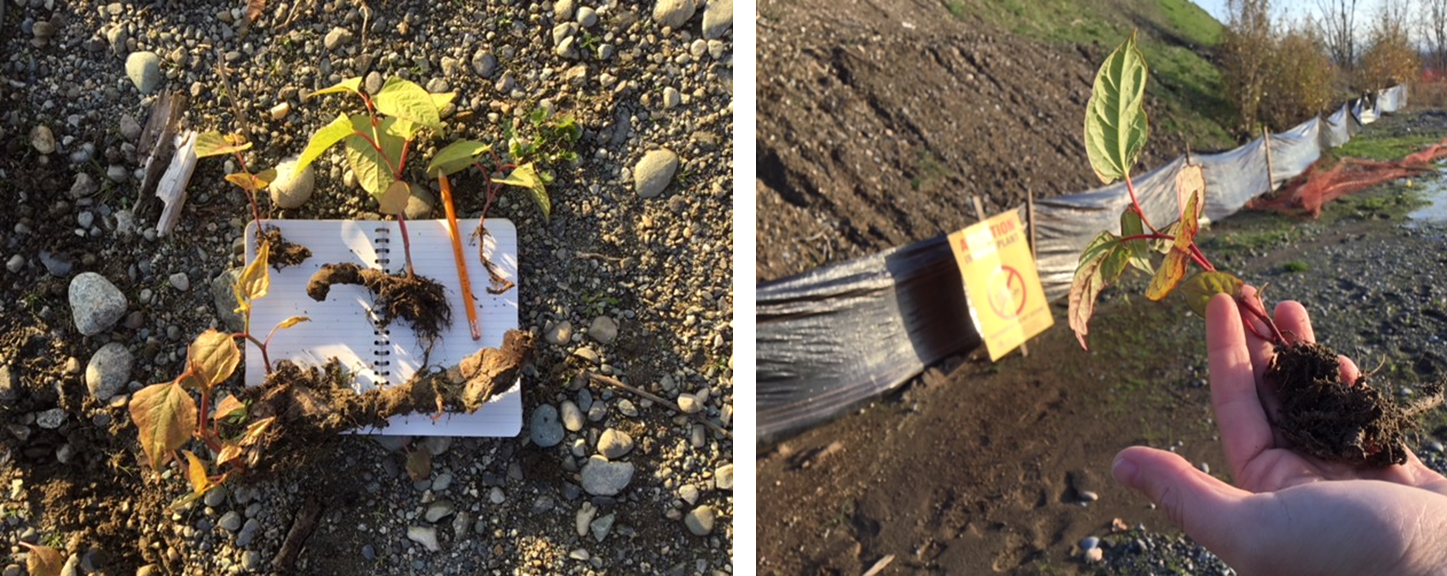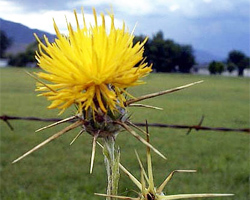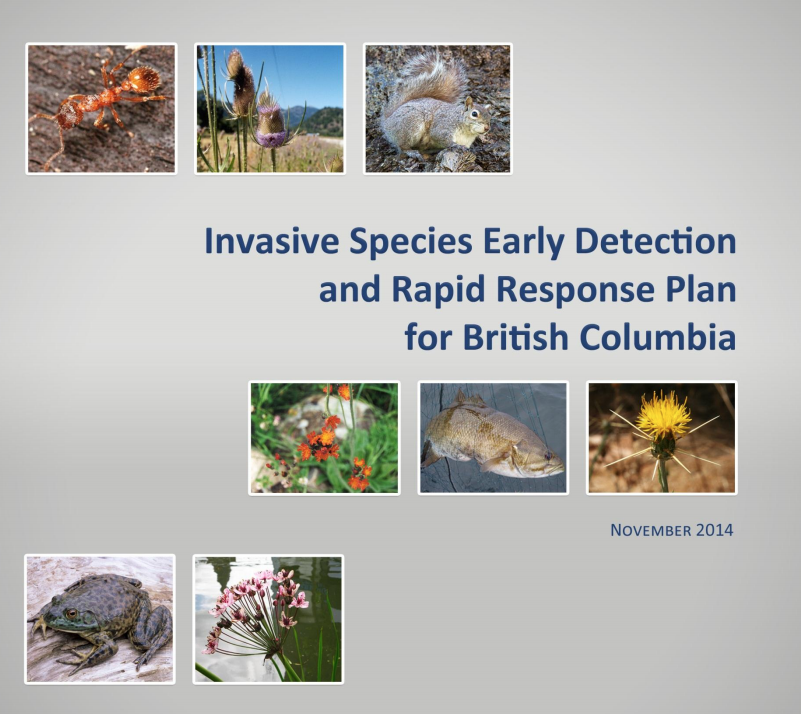Soil infested with invasive species
Sometimes invasive species spread through the movement of soils, aggregates, gravel, sand, mulch, compost, turf and other materials. This can increase the rate and extent of spread and the negative impacts invasive species can cause.
On this page
Infested soil is different than contaminated soil as defined under the Contaminated Sites Regulation.
Working towards solutions
In May 2016, provincial and local government representatives formed a 'Soils and Invasive Species Working Group'. This group has since been exploring and collaborating on province-wide short and long term solutions to limit or prevent the movement of soil and related materials infested with priority invasive species.
Learn more!
Sign up for the Soils and Invasive Species Working Group email listserve to receive updates by sending an email to invasive.plants@gov.bc.ca and request that your name and email be added to our email list.
Examples of invasive species that can spread through soil:
European Fire Ants

European Fire Ants primarily spread through the movement of soil and wood. The impacts include:
- Loss of property values
- Loss of land use (for example, recreational activities on private and public lands or agricultural use)
- Economic impacts such as the cost of ongoing pesticide treatment
- Health issues due to European fire ant stings
Invasive knotweeds
Invasive knotweeds spread through the movement of soil, aggregates, gravel and anything else that may include knotweed rhizomes and/or sections of live stems. An outbreak can start from piece of knotweed as small as 0.6cm. Knotweed can grow through hard surfaces such as pavement and building foundations as well as spread rapidly to take over ecosystems such as riparian areas of streams. The impacts include:
- Economic costs related to property and infrastructure damage
- Loss of property values
- Serious ecological damage

Many invasive species can spread through the movement of soil, compost and other materials including :
- Chafer beetle
- Japanese beetle
- Giant hogweed
- Garlic mustard (PDF, 369KB)
- Poison Hemlock (PDF, 133KB)
- Siberian Elm
- Tree of Heaven
- And many other invasive species
Related links

Report invasive species before they cause harm.
Invasive species are plants and animals not naturally found in B.C. that can potentially harm the province's natural environment or adversely affect people's health.

